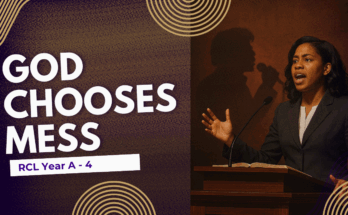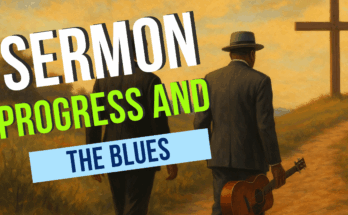As an Amazon Associate I earn from qualifying purchases.
The next preaching pattern presented in Ronald Allen’s book is the Funeral Homily.
In this pattern, the preacher interprets the life and death of the deceased person in the light of the Gospel. This sermon is not a mere recitation of the life of the person (sometimes called a eulogy). In contrast, the sermon is a Gospel presentation. This presentation uses the facts of the life and death of the individual as raw materials.
The preacher must give voice to the feelings of the community. This can be a difficult chore especially if the person was a difficult one. However, it is a necessary responsibility of the one presenting the homily.
Hughes Trumpet in Darkness
Robert Hughes book Trumpet in Darkness provides a good structure for the preaching of funeral sermons. The first move, in Hughes approach, is to present the reality of death in the world and in the life of the deceased. The preacher can discuss the life and death of the person. The key is for it to be a real look at pain and suffering. There is no looking past the pain.
Then Hughes describes how the Gospel overcomes the pain. Here one should not attempt to eliminate all pain that would be artificial, but one should point to how the Gospel has resolved the issues presented in the first move.
Celebration
While Hughes does not explicitly state this, we might add a “celebration†move. Here we celebrate how the Gospel has overcome the pain. So first, we express the reality of death, we then talk about how the Gospel overcomes it, finally, we celebrate the overcoming of death and pain. Frank Thomas built his homiletic on the sermon “they like to never quit praising God.â€
Amazon and the Amazon logo are trademarks of Amazon.com, Inc, or its affiliates.





